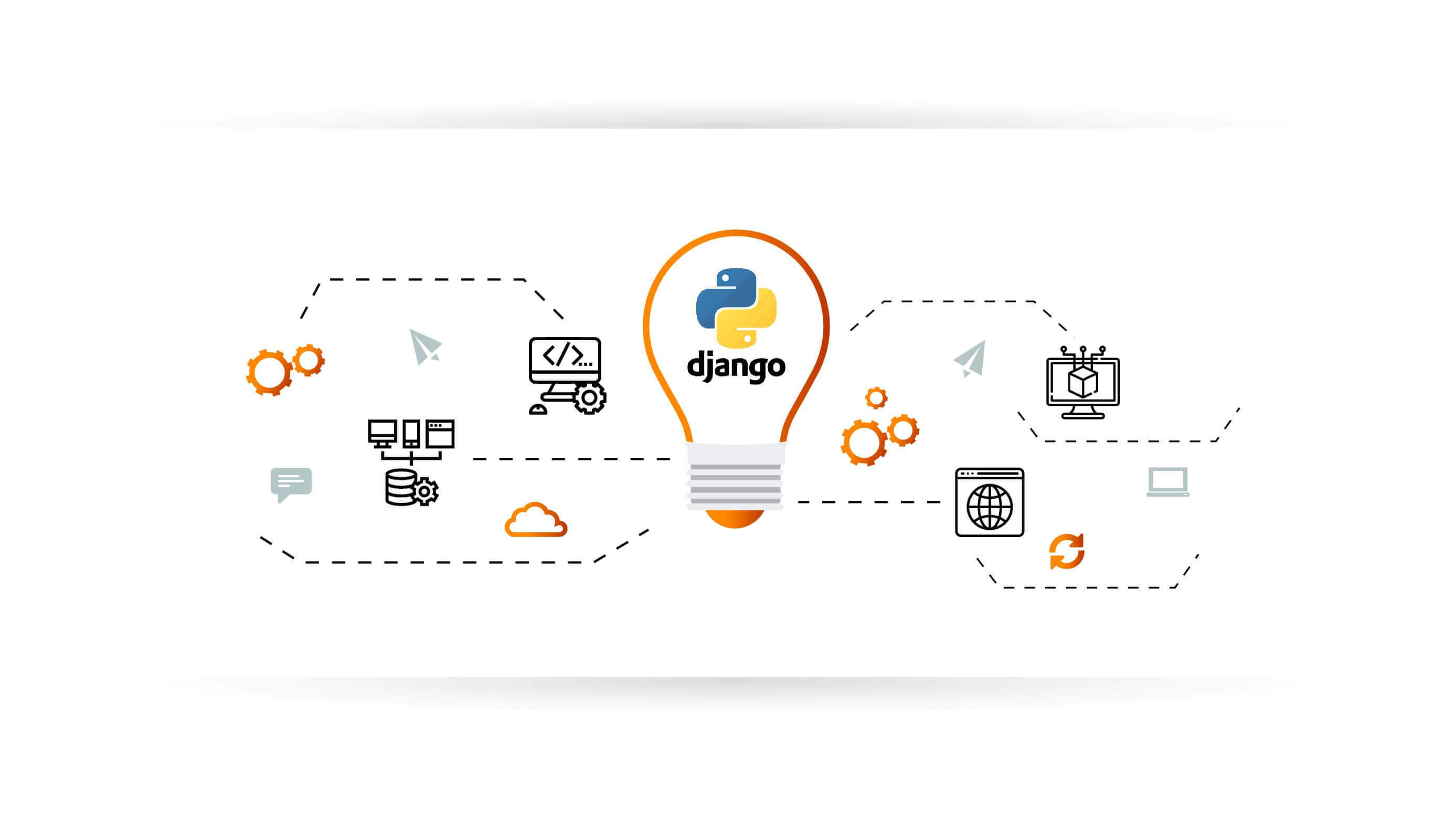News Blast: Your Daily Update
Stay informed with the latest news and trends.
Django: The Swiss Army Knife of Web Development
Unlock web development magic with Django! Discover why it’s the ultimate Swiss Army knife for building powerful, dynamic websites effortlessly.
10 Features That Make Django the Ultimate Web Development Framework
Django is renowned for being a comprehensive web development framework that offers a variety of features tailored to streamline the development process. One of the standout features is its object-relational mapping (ORM), which allows developers to interact with databases using Python code instead of SQL. This not only enhances productivity but also helps maintain cleaner and more manageable code. Additionally, Django's automatic admin interface simplifies content management, providing a user-friendly dashboard that reduces the time required to implement administrative functions.
The framework also emphasizes security by incorporating built-in protection against common vulnerabilities such as cross-site scripting and SQL injection. Django's robust community support and extensive documentation make it accessible for both newcomers and experienced developers. Furthermore, features like URL routing and template rendering contribute to its efficiency by allowing for swift changes and easy integration of different components. With these key attributes, Django stands out as the ultimate web development framework for creating scalable, secure, and maintainable web applications.

How Django Streamlines Development: A Comprehensive Guide
Django is a high-level Python web framework that significantly streamlines development by promoting rapid development and clean, pragmatic design. Its built-in components, such as the administration panel, ORM (Object-Relational Mapping), and templating system, are designed to simplify common tasks. For instance, the ORM allows developers to interact with databases using Python objects instead of raw SQL queries, making database operations more intuitive and less error-prone. Furthermore, the DRY (Don't Repeat Yourself) principle inherent in Django encourages code reusability, which ultimately reduces the time spent on writing and maintaining code.
Another key feature that contributes to Django's ability to streamline development is its extensive ecosystem of third-party packages. Developers can easily integrate various functionalities, such as authentication, file uploads, and API handling, without needing to build them from scratch. This is facilitated by Django's built-in project structure that follows best practices, allowing developers to focus on building unique features for their applications. Additionally, Django's robust documentation and active community provide valuable resources that can accelerate the learning process and troubleshooting efforts, thus enhancing overall productivity.
Is Django the Best Choice for Your Next Web Project?
Django is a powerful web framework that has gained immense popularity among developers for its ability to facilitate rapid development and promote clean, pragmatic design. With its robust features such as an integrated admin interface, ORM (Object-Relational Mapping), and built-in security measures against common threats like SQL injection and cross-site scripting, Django stands out as a leading contender for your next web project. Whether you're building a simple blog or an intricate e-commerce platform, Django provides the tools necessary to streamline the development process and enhance productivity.
However, before you make a decision, it's essential to consider your project's specific needs. Is your project expected to scale? Django is built to handle high traffic loads and complex database queries effortlessly, making it ideal for large-scale applications. Additionally, the framework's strong community support means that you'll have access to a wealth of resources, plugins, and third-party libraries. In conclusion, if you're looking for a framework that combines speed, versatility, and security, Django might just be the best choice for your next web project.